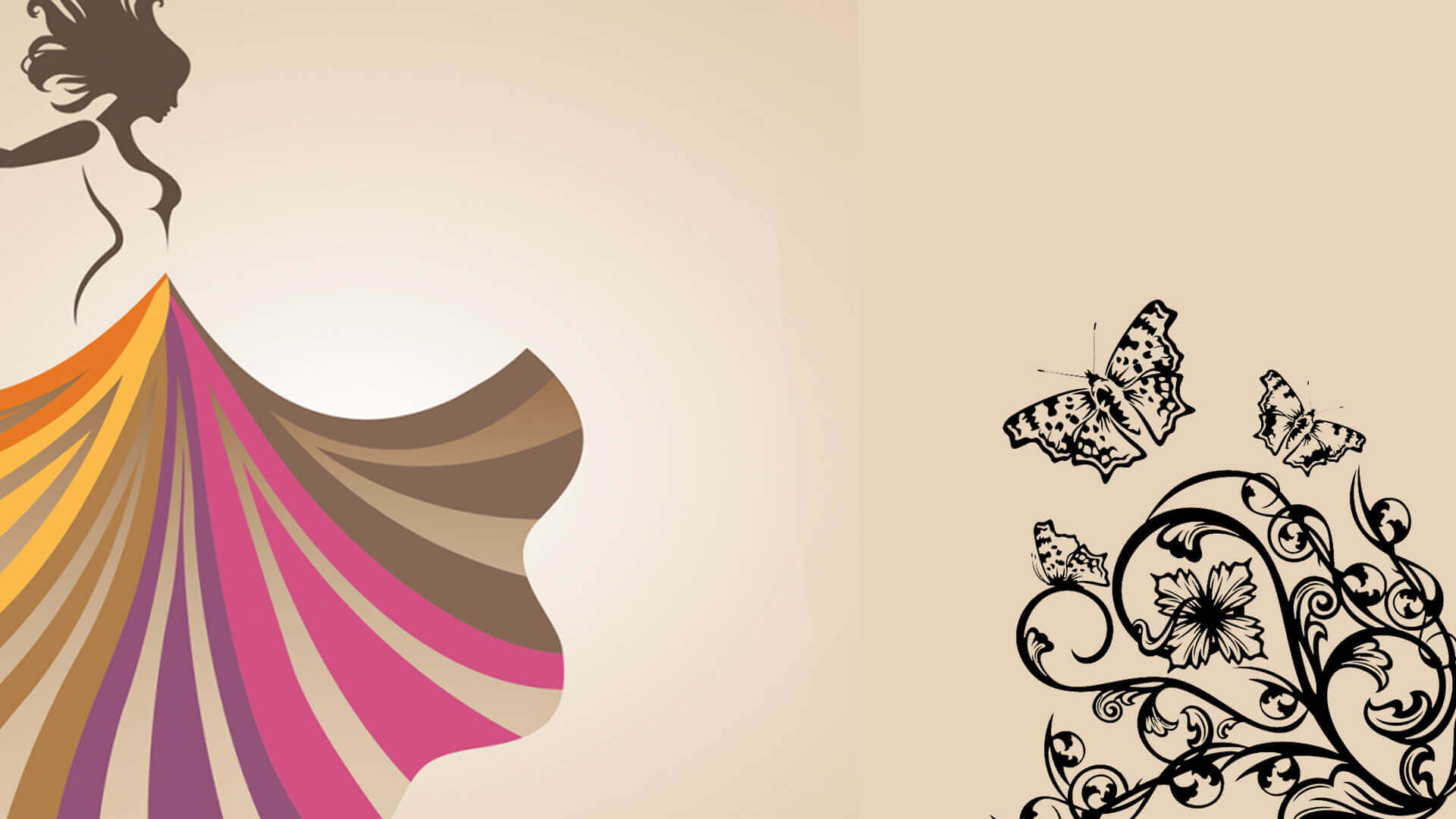The World of Fashion,Grade 12th,University/College Preparation (HNB4M)


-
Name:The World of Fashion,Grade 12th,University/College Preparation (HNB4M)
-
Grade:Grade 12th
-
Prereq:None
-
Code:HNB4M
-
Type:University/College Preparation
-
Credit Value:1
-
Develop Date:2021-03-01
-
Course Price:CAD $1300
-
Status:Active
Course Description:
This course gives students the opportunity to explore the world of fashion. Students will learn how to create a fashion product using various tools, techniques, and technologies while developing their practical skills. Students will learn about various factors that affect the global fashion industry, the needs of specialized markets, and the impact of fiber and fabric production and care. In addition, they will learn about social and historical influences on fashion. Students will apply research skills when investigating aspects of the fashion world.
Aims and Objectives:
- Creativity: Creativity is the base of any fashion company. The designer, or design team must work to develop a fresh perspective on fashion with each new line. They must also know how to make their ideas into a reality, without losing sight of the concept in the process. With this creativity, comes a lot of research. In order to develop their ideas to the fullest, industry professionals should have a solid idea of what other designers are creating, and have created throughout fashion history. This generates a true understanding of what has and has not worked, and allows individuals to bring old concepts to life in a new way, while avoiding recycling concepts completely.
- Image: Developing and maintaining a unique and professional image is perhaps the most important objective of all for any fashion company. The image is what defines the company and what comes to mind when the company’s name is heard, or a piece from the line is spotted. An image is created primarily through advertising and promotional methods. Photo and video shoots are meticulously curated by a team, with specific models selected, sets designed, and scenes set up in order to create a desired image. For example, a company that creates a campaign based around Outback travels will be considered worldly and natural, while a company that features tea parties will seem more youthful or elegant.
- Client Relations: Maintaining strong relationships with clients is the key to any company’s survival. Designers must work to keep clients up to date with new styles, and occasionally even offer perks for their support. This means keeping up with social networking sites, making it easy for consumers to keep in touch with the company and get updates on work that is being done. It also means keeping in close contact with retailers, sending them emails featuring new designs, and inviting them to visit the studio and see the work process in person. Anything that can be done to make the company and designs more accessible to the clients is worth it in the end.
- Company Quality: Ensuring that designs are produced at top quality, helps to seal the company’s popularity and staying power. If great ideas are poorly executed, clients will be disappointed, and the designs will not sell at top price. Quality assurance means hand selecting the materials to be used for the fabrication of each piece, hiring reliable sewers to create them, or even creating them yourself, and visiting the sewers on a daily basis to check up on things. Doing this will save the company a lot of trouble in the long run, as one bad order can taint the company’s image.
- Function: Design with a specific function in mind. One of the sole purposes of design is to create something original, as well as to accommodate the functional needs of the person who will buy it. At some point, every blouse needs a button, every coat needs a zipper and every designer needs the ability to answer the question before it is asked: What essential function will my design specifically employ? Each and every design that is dreamed up, drafted and eventually distributed serves a unique purpose. Whether it is to charm the pants off the fashion world, protect a child or deep-fry a turkey, the function of your design needs to be established.
- Fashion: Know what’s in fashion. If you ever hope to make a big statement with your design, whether it’s clothing design or video game design, it is important that you keep up with trends in the marketplace. Knowing what’s working and what’s not working in the industry will help you to either trim the fat from your design or add a unique twist to what is already working with other products. Knowing what’s in fashion also gives you an edge because it will keep you from repeating the painstaking design process of what’s already been done, thus saving you the trouble of spinning your wheels. Instead, you can use your precious time and inspiration to brainstorm the next big idea, creating something no one has ever seen before.
- Cost: Make it affordable. A big part of the design process is the factor of cost. How much is it going to cost for you to produce and distribute your design? How much are people going to be willing to pay for the final product? These are all questions that, as a designer, you must ask yourself during the design process because it will influence the course of your design, as well as the final product. While you won’t want to compromise on the quality of your design, it is important to consider the cost, especially if you hope to make a profit.
- Product Quality: Create a design that will last. Don’t rush your design. Spend time looking at it from every angle, anticipating issues, challenges and concerns. Try to answer as many of them as possible during the design process, saving you from having to answer to your customer. Just as it is important to design an affordable product, it also is just as important to design a quality product. Building a reputation through your design begins and ends with the quality of the product itself. People are more likely to spend more money on a quality product than they are to spend less money on one that isn’t as dependable.
Expectations:
- Research and Inquiry Skills
By the end of this course, students will:
- Explore topics related to fashion, and formulate questions to guide their research.
- Creating research plans, locate, and select information relevant to their chosen topics using appropriate social science research and inquiry methods.
- Analyses, assess, record, and synthesize information gathered through research.
- Communicate the results of their research and inquiry clearly and effectively, and reflect on and evaluate their research, inquiry, and communication skills.
- History and Influences
By the end of this course, students will:
- Demonstrate an understanding of the impact on fashion of historical and technological developments and social issues.
- Demonstrate an understanding of the influence of brands, designers, and design centers on the fashion industry.
- Textile Production, Society, and the Globalized Marketplace
By the end of this course, students will:
- Demonstrate an understanding of the needs of specialized markets with regard to fashion/clothing.
- Demonstrate an understanding of global textile production and its social and environmental impact.
- Demonstrate an understanding of the impact of globalization on the fashion industry and of strategies for reducing the negative impact of the industry.
- Design and Fashion Construction Skills
By the end of this course, students will:
- Analyses the use of the elements and principles of design in fashion, and apply them when creating fashion products.
- Describe the function and use of a variety of tools and technologies associated with the creation of fashion products, and use tools and technologies safely and correctly when creating such products.
- Describe a wide range of procedures, skills, and techniques used in the creation of fashion products, and demonstrate the ability to use appropriate procedures, skills, and techniques when creating fashion products.
Unit-wise Progression:
|
Unit
|
Title and Subtopics |
|
Unit 1 |
Design and Fashion Construction Skills
- Hours: 25 |
|
Unit 2 |
Overview: Historical Influences on Fashion Fashion Styles
- Hours :25 |
|
Mid-Term - Hours: 2.5 |
|
|
Unit 3 |
Fashion Drawing, material development and fashion world of Canada
- Hours: 25 |
|
Unit 4 |
Fashion design concept and surface ornamentation, garment construction and marketing
- Hours: 20 |
|
Culminating Activity – 10 Hours |
|
|
Final Term – 2.5 Hours |
|
|
Total – Hours 110 |
|
Teaching/Learning Methodologies:
Teachers will bring passion and diversified teaching and assessment approaches in the course content and zoom sessions, addressing individual students’ needs and ensuring sound learning opportunities for every student. The activities offered should allow students to relate and apply these concepts to the social, environmental, and economic conditions and concerns of the world in which they live. Opportunities to relate knowledge and skills to these wider contexts will stimulate students to learn in a meaningful way and to become life-long learners. Teachers will help students understand that problem solving of any kind often requires a considerable expenditure of time and energy and a good deal of perseverance. Teachers also will encourage students to investigate, to reason, to explore alternative solutions and to take the risks necessary to become successful problem solvers. Effective instructional approaches and learning activities draw on students’ prior knowledge, capture their interest, and encourage meaningful practice both inside and outside the classroom. Students will be engaged when they are able to see the connection between the scientific concepts they are learning and their application in the world around them and in real-life situations. Due to its importance, students will have opportunities to learn in a variety of ways- individually, cooperatively, independently, with teacher direction, through hands-on experiences, and through examples followed by practice. The approaches and strategies teachers use will vary according to both the object of the learning and the needs of the students. Teachers will accomplish this in online environment with the use of: virtual labs, online simulations, animations, videos, discussion forums, live chat and other interactive objects. A few of the things students will be provided are the following:
- Lesson plans
- PowerPoint presentations
- Videos
- Reading Packs
- Assignment for Learning
- Assessment of Learning
- Quiz
All of these are a cluster of downloadable and embedded files that will be provided to each candidate with the progression of the course.
E-Learning Approach:
E-learning is not only a training method but it is a learning method that is tailored to individuals. It is found that different terminologies have been used to define learning that takes place online which actually makes difficult to develop a generic definition.
E-learning includes the delivery of content via Internet, Intranet, and Extranet, satellite broadcast, audio-video tape, interactive TV and CD-ROM. The term implies that the learner is at a distance from the tutor or instructor, that the learner uses some form of technology.
With attention to this new system of education that is spreading across the globe it’s imperative that the content of such study programs are enhanced and modified to serve both the learner and the instructor well whilst dealing with the gap of conventional studying methodologies. Thus the courses promise its reader an experience full of engagement, student-concentric approach, personalization and Interaction. Using a wide array of multimedia tools, cloud based LMS and diverse repository of subject tailored audio-visual material that student can utilize and learn in a stimulated work environment where he’s in charge of his work hours.
Our e-learners paddle through these courses in the mediation of skilled mentors to the finish line with understanding of their subject’s application into real world problems following a futuristic model of education.
Strategies for Assessment and Evaluation of Student Performance:
Assessment is the ongoing gathering of information related to the individual student’s progress in achieving the curriculum expectations of the course. To guide the student to his/her optimum level of achievement, the teacher provides consistent and detailed feedback and guidance leading to improvement. Strategies may include:
- Diagnostic assessment
- Formative assessment
- Summative assessment
- Performance assessment
- Portfolio assessment
- Rubrics
- Checklists
The final grade will be based on:
|
Weightage in Percentage
|
Categorical Marking Breakdown |
|
40% |
Course Work |
|
15% |
Mid Term |
|
15% |
Culminating Activity |
|
30% |
Final Exam |
|
Assessment of Learning
|
||
|
Student Product |
Observation |
Conversation |
|
Learning Logs (anecdotal) Assignment Pre-tests (scale/rubric) Quizzes (scale/rubric) Rough drafts (rubric) Graphic organizers (scale) Peer feedback (anecdotal/checklist) Reports (rubric) Essays (rubric) Webbing/Mapping (rubric/scale) Vocabulary notebooks (anecdotal) Visual Thinking Networks (rubric) Tests (scale/rubric) Exams
|
Self-proofreading (checklist) Class discussions (anecdotal) Debate (rubric) PowerPoint presentations (rubric) Performance tasks (anecdotal/scale)
|
Student teacher conferences (checklist) Debate (rubric) Peer-feedback (anecdotal) Peer-editing (anecdotal) Oral pre-tests (scale/rubric) Oral quizzes (scale/rubric) Oral tests (scale/rubric) Question and Answer Session (checklist)
|
Resources Required by the Student:
- Microsoft Suite (Word, Excel, Power-point etc.)
- A laptop, or Mac, or Android, or any other operating system functional enough to use the web browser and use online software’s.
- Curriculum Reference: The Ontario Curriculum, the World of Fashion







